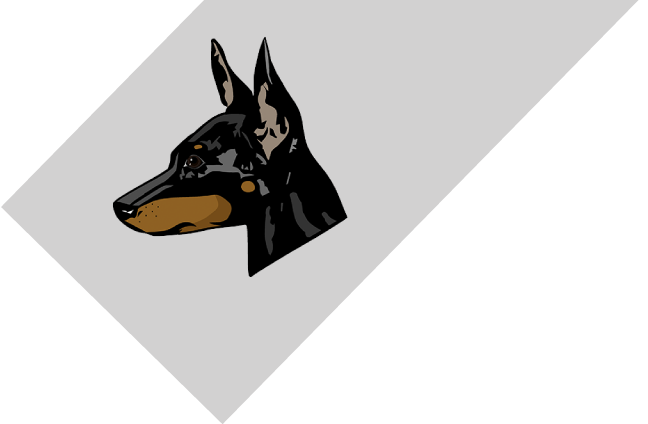Training Hints
Training Hints for your ETT
K9OLOGY LTD – TRAINING AND COMMUNICATION GUIDANCE
TRAINING YOUR DOG
Training takes time, patience, practice, and consistency in order to be successful. No matter your method of choice, it is these few elements which ultimately help your dog learn.
In addition to the human part of training, we need to examine a few other factors, including:
MOTIVATION
Is your dog eager to learn? Most dogs will work for food, praise, play, and access to sniffing or exploring. If your dog is not easily motivated, you may need to take a more intense approach such as “nothing in life is free”.
ENVIRONMENT – “GENERALIZATION”
Where you are, and what is going on around you can have a huge impact on training. The temperature (90 degrees at the park versus 30 degrees at the lake), loud sounds (fireworks, kids playing), and location (new pet store, training class, downtown somewhere) can all hinder your dog’s learning process. Whether you are visiting a new winery or scouting a new park – keep in mind it takes time for your dog to adapt to a new setting. It is generally believed that a dog has to re-learn any skill in at least 5 different environments before the training can be applied to a variety of settings. We call this training process “generalization”.
DISTRACTIONS AND TRIGGERS – “PROOFING”
Specific things within the environment may trigger your dog. The response could be out of curiosity, excitement, prey drive, fear, frustration, etc … the list is endless. It is important to remember whether there’s tasty squirrels or scary strange dog – you have to work WITH your dog THROUGH the process of learning around distractions! We call this process “proofing”. Your dog has to re-learn how to perform commands with a variety of distractions before they are able to tune out distractions. This is the hardest part of training as owners become impatient and frustrated.
COMMUNICATION
There are many ways in which dogs learn, but clear communication throughout the learning process is key to preventing frustration, and setting your dog up for success. Understanding basic training methods will help you better reach training goals successfully.
POSITIVE REINFORCEMENT – Rewarding your dog for good behavior encourages your dog to perform the task again. That’s all positive reinforcement really is – dog get’s something good for doing something good.
The key is to ensure your dog is eager in the time and place of training to receive the reward. Most dog’s don’t seek out praise and petting when distractions are high. You may have to use high value rewards such as cheese, chicken, hot dogs, or steak in more challenging situations, while play, belly rubs, and kibble are great for use at home.
MARKER TRAINING – A marker is any kind of word, noise, or signal which let’s the animal know they have performed a behavior correctly. The key is to use the marker EXACTLY AS THE BEHAVIOR HAPPENS! In dog training, clickers are often used to mark good behavior. For the sake of easier handling, we like to use a “yes” marker for good behavior and “no” for inappropriate or incorrect responses.
SAY YES – The “yes” marker is used to communicate to your dog that they have performed a task or behavior correctly. How does that work? Well, while your dog is figuring out how to do something, they will try different things to do what you want. The exact moment the dog get’s it right, say “yes” and immediately reward with a treat. After a couple repetitions your dog will figure out that whatever they were doing when the “yes” happened
– that’s what got them the reward! “Yes” can be used in two ways:
Owner gives commend —> Dog responds correctly —> Yes/reward
Owner gives command —> Dog responds correctly —> Yes/reward and PRAISE!
Just like food or toys, words of affirmation and petting are rewarding to the dog. Here’s the big difference – praise is a reward whereas the “yes” marker helps pin point correct behavior. And keep in mind – yes has to come first BEFORE the praise.
HOW TO NO. Owners are eager to fix unwanted behaviors by repeatedly shouting “no” at their dog – as if it means something. No for jumping. No for pulling. No for barking. No for licking. No for …. The list goes on… The reality is – dogs are dogs, and they ONLY know how to do dog things like digging, humping, sniffing, etc. No generally has no meaning …. Unless …
Just like “yes” means the dog did right and a reward is coming … “no” means the dog has failed and a consequence will follow. The level, intensity and type of consequence is completely dog and circumstance dependent. It can be as simple as a body block and preventing access to the dog, changing direction while walking, removing the treat, or as aggressive as using pressure on a leash with a training collar, or moving into the dog for jumping. Just like with using different levels or values of rewards – consequences come in all shapes and sizes.
If you have any questions feel free to contact the club secretary Patricia Newton by email or telephone 01724 850637

